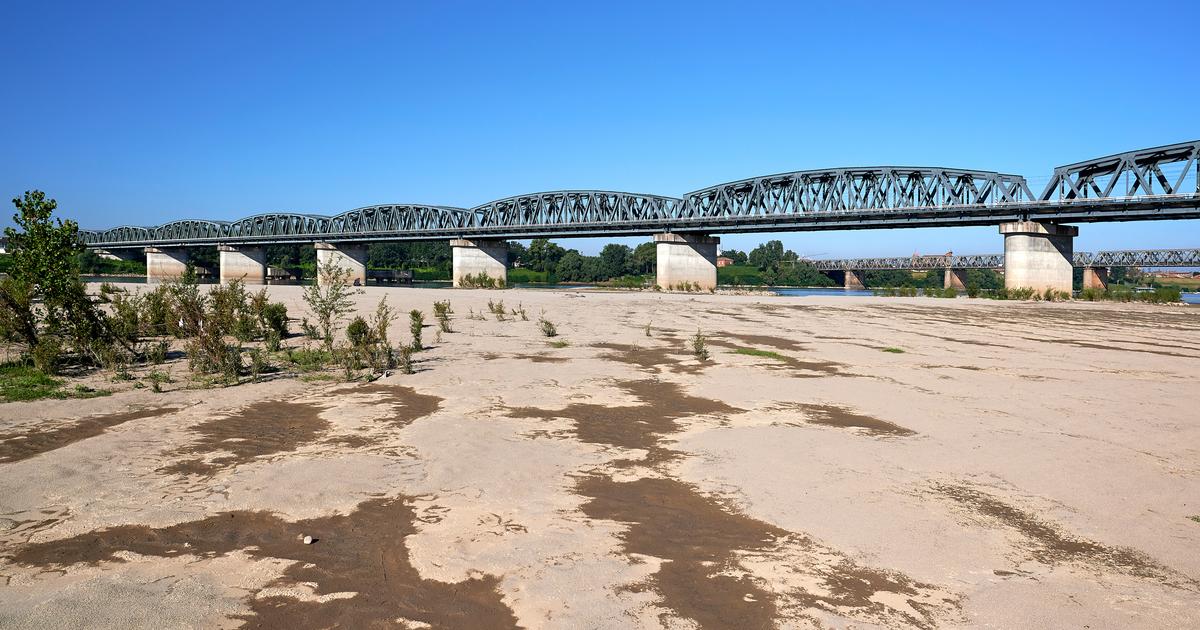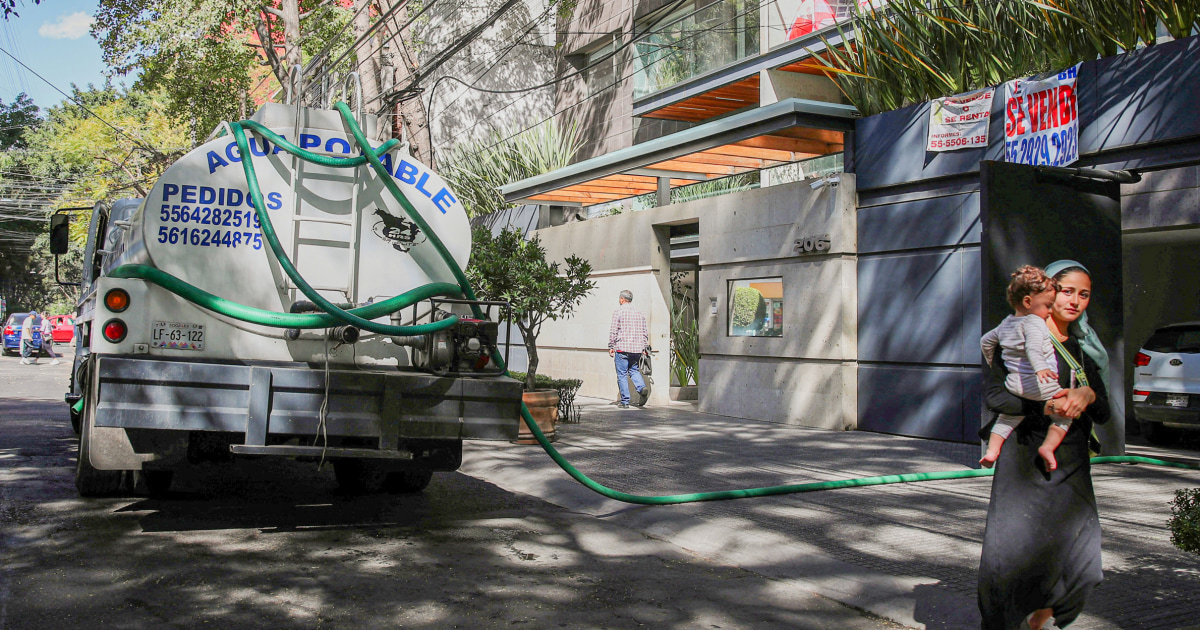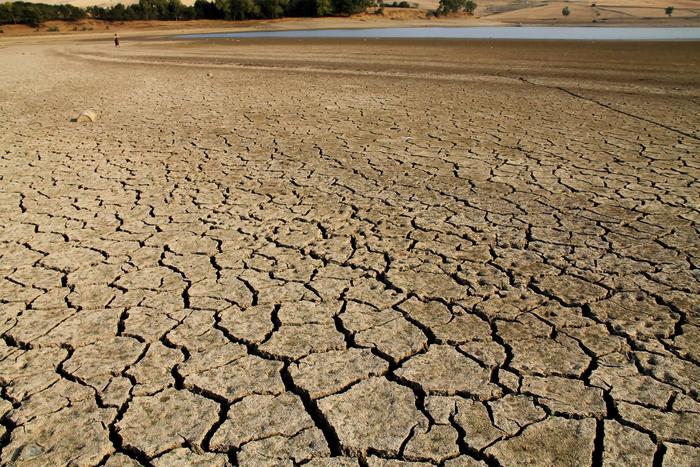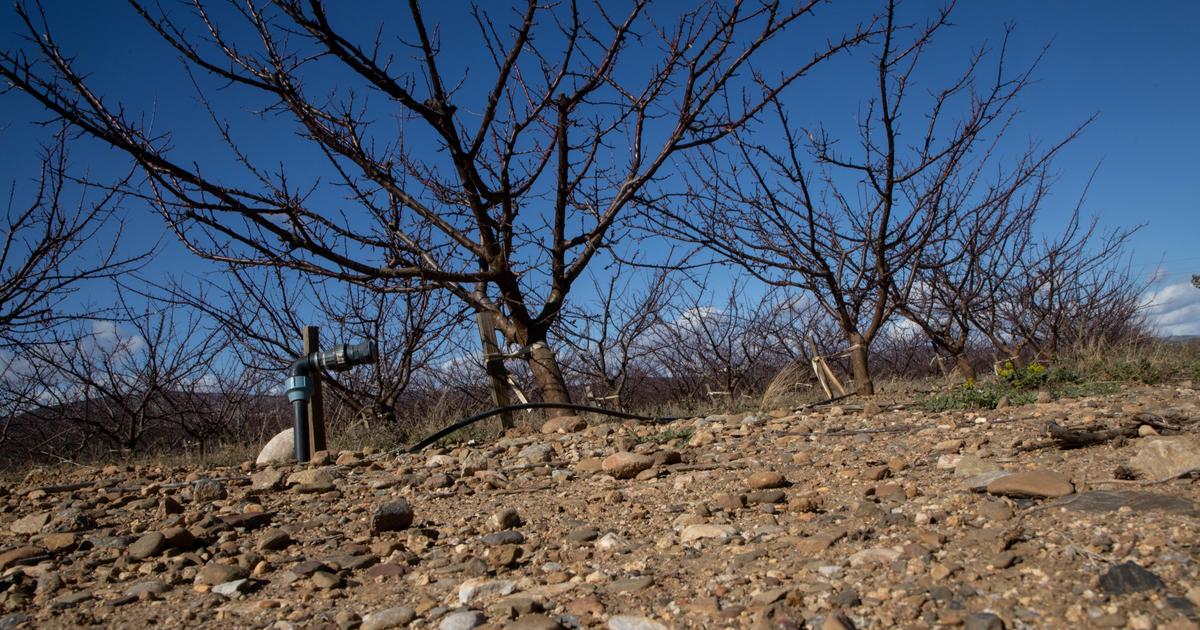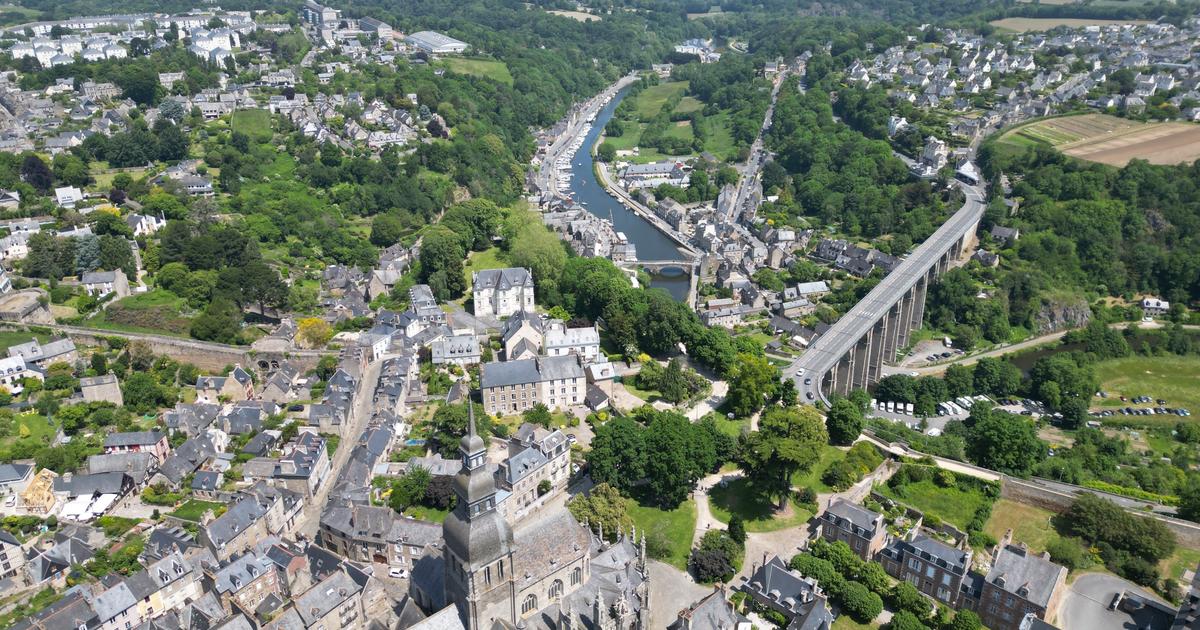This summer, a historic drought affects Europe but also France.
Currently, 93 departments out of 96 are experiencing water restrictions and a drought crisis meeting took place on Monday at the Ministry of Agriculture.
Such a situation has consequences on our daily lives, our homes but also... our infrastructures.
Indeed, European bridges, dykes and dams are put under pressure by the lack of water.
Dryness, the enemy of clay
This is, for example, the case of dykes in the Netherlands.
In water shortage since August 2, the country finds that the constructions in question are weakened by the drought, in particular the small structures which are essential for draining water and drying out the polders.
"
In the Netherlands, many dikes are made of sand and especially clay coverings which pose a problem in the event of drought
", explains Édouard Durand, geotechnical and natural risk expert, specialist in dikes for CEREMA.
“
These clay materials, when they dry, experience a very significant change in volume and cracks appear on the ridges, dykes and embankments.
In fact, this layer of clay providing the seal can lose its role with this
situation,” he added.
In the Netherlands, the dykes on the island of Texel are suffering from extreme drought.
Jasper Suijten/stock.adobe.com
And France is no exception when it comes to its own dykes: "
Some structures have been monitored for several years because they have cracks, on the Atlantic coast in particular
", indicates the researcher.
The main problem being the variation in water around these structures explains Édouard Durand.
Indeed, if said variations are too great, they impact the clay materials.
These impacts can lead to these cracks but also to sliding or even, in extreme cases, a collapse during a flood, where a breach opens through the cracks.
These fluctuations being set to multiply with climate change, “
monitoring must be increased
”, considers Édouard Durand, who specifies: “In the Netherlands
, on some dykes, they have to water to avoid cracking and maintain a certain level of water.
However, that has costs and that does not help the problem of drought”.
Turfing of infrastructures to fight against water variations
Moreover, this problem does not only concern dykes but also, to a lesser extent, bridges where water tends to become scarce.
This is the case, among others, of Italy where the Po river has been dry for several weeks.
However, bridges installed on clay soils can suffer the consequences of desiccation: “
in particular on the support structures on which the bridges are placed.
Heat and drought can dilate them
”, notes Roland Abou, specialist in bridges and structures at CEREMA.
A dike inspector carries out checks along the Rotte to detect drought cracks, subsidence or other damage due to persistent dry weather in Zevenhuizen, the Netherlands, on July 27, 2022. Phil Nijhuis / ANP / AFP
Drought does not spare dams either: “
Dams, unlike dykes, are permanently filled with water.
If some parts are exposed due to drought, there can be damage there too,
”underlines Édouard Durand.
He adds that this drought also leads to supply difficulties when the dam is used to produce electricity, but not that: “
You also have to supply the river and the managers have an obligation to do so.
It is essential to maintain life in the waterways
”.
Consequences already experienced by the Fabrèges dam, in the Pyrénées-Atlantiques.
This supplies water to the Vallée d'Ossau and has never known such a low reserve.
This picture taken on August 19, 2022 shows the Serre-Ponçon dam in Savines-le-Lac, in the French Alps, as the lake's water level dropped by 14 meters due to drought.
JOEL SAGET / AFP
However, the impact of drought is still minimal for most French engineering structures: "
today, they are rather designed to avoid having too much water, so drought has fewer consequences
", reacts Roland Abu.
Despite everything, measures are taken to reinforce the infrastructures: "
One of the solutions is to grass the structures, in particular the dykes
", specifies Édouard Durand.
The specialist explains that this sodding not only helps maintain humidity at the same level while preventing the penetration of drought.
"
And then, it must be said that the phenomenon of drought is quite recent, so studies are underway to best respond to these changes
," concludes the researcher.

